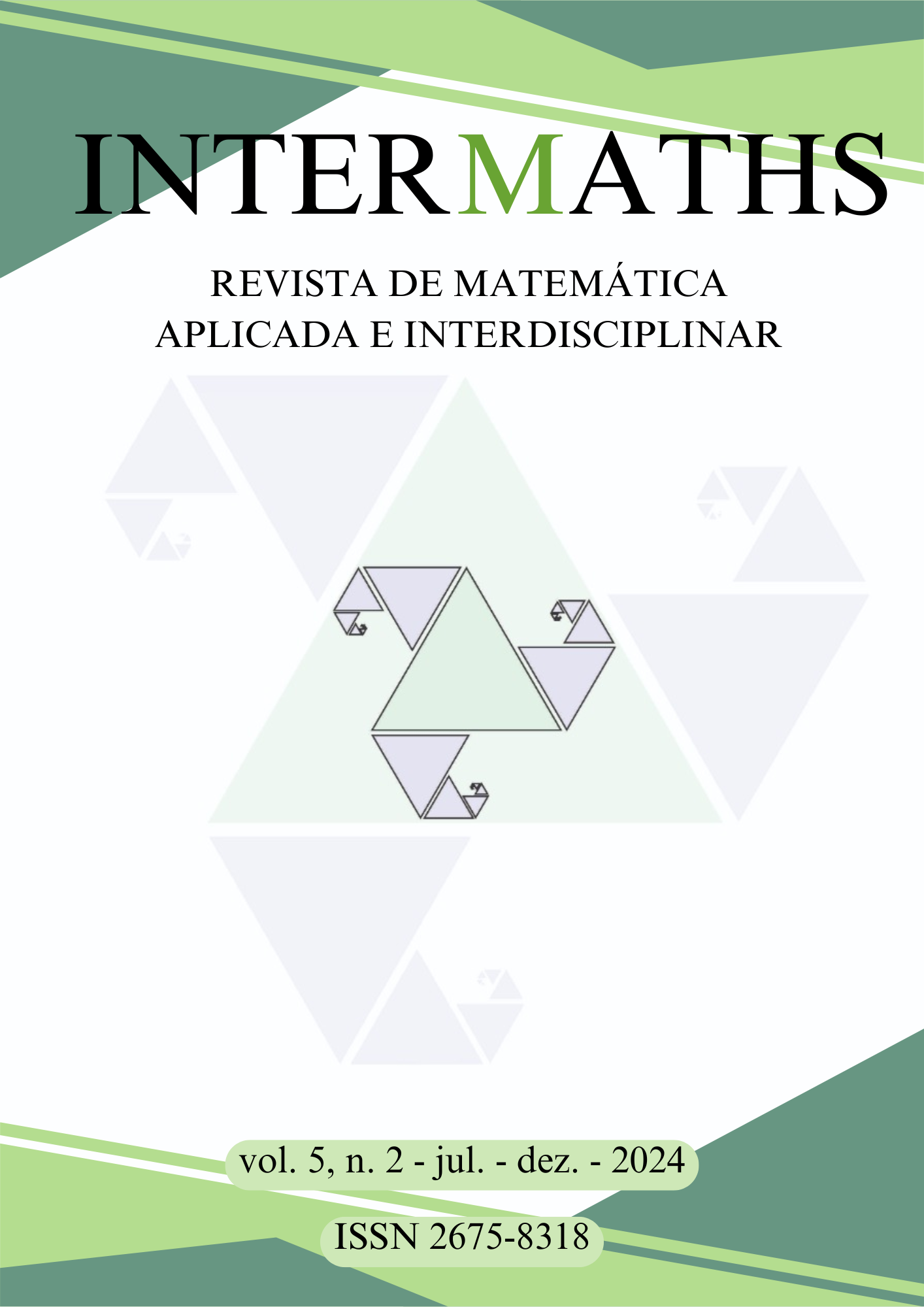Mathematical Modeling of the Influence of Quarantine Measures and Public Enlightenment on the Transmission Dynamic of Lyme Disease
DOI:
https://doi.org/10.22481/intermaths.v5i2.15503Palavras-chave:
Lyme disease, Mathematical Modeling, Transmission Dynamics, Quarantine MeasuresResumo
This study explores the existence of traveling wave solutions in the classical Kermack-cKendrick epidemic model with local diffusive. The findings highlight the critical role of the basic reproduction number R0 in shaping wave dynamics. Traveling wave solutions are shown to exist for wave speeds c ≥ c∗ when R0 > 1, with c∗ denoting the minimal wave speed. Conversely, no traveling waves are observed for c < c∗ or R0 < 1. Numerical simulations are employed to validate the theoretical results, demonstrating the presence of traveling waves for a range of nonlinear incidence functions and offering insights into the spatial spread.
Downloads
Metrics
Referências
G News, Lyme disease vaccine: What happened to the lymerix vaccine? (2024) Accessed:
-10-26.
K Murison, et al., Epidemiology and clinical manifestations of reported lyme disease
cases: Data from the canadian lyme disease enhanced surveillance system. PLoS ONE 18,
e0295909 (2023) Accessed: 2024-10-26.
A Nguyen, J Mahaffy, NK Vaidya, Modeling transmission dynamics of lyme disease:
Multiple vectors, seasonality, and vector mobility. Infect. Dis. Model. 4, 28–43 (2019).
L Yijun, W Jianhog, Modelling lyme disease transmission. Chin. Med. J. 2, 229–243 (2017).
X Wang, XQ Zhao, Dynamics of a time-delayed lyme disease model with seasonality. SIAM
J. on Appl. Dyn. Syst. 16, 853–889 (2017).
T Caraco, et al., Stage-structured infection transmission and a spatial epidemic: a model
for lyme disease. The Am. Nat. 160, 348–359 (2002).
M Ghosh, A Pugliese, Seasonal population dynamics of ticks, and its influence on infection
transmission: a semi-discrete approach. Bull. Math. Biol. 66, 1659–1684 (2004).
CL Ogden, MD Carroll, KM Flegal, Prevalence of overweight and obesity in the united
states, 1999-2004. JAMA 295, 1549–1555 (2005).
T Levi, AM Kilpatrick, M Mangel, CC Wilmers, Deer, predators, and the emergence of
lyme disease. Proc. Natl. Acad. Sci. 109, 10942–10947 (2012).
O Diekmann, JAP Heesterbeek, JAJ Metz, On the definition and the computation of the
basic reproduction ratio r in models for infectious diseases in heterogeneous populations. J.
Math. Biol. 28, 365–382 (1990).
P Driessche Van Den, J Watmough, Reproduction numbers and subthreshold endemic
equilibria for compartmental models of disease transmission. Math. Biosci. 180, 29–48
(2002).
O Diekmann, JA Heesterbeek, MG Roberts, Construction of next-generation matrices for
compartmental epidemic models. Model. Build. Comput. Biol. 26, 360–381 (2000).
MY Chong, JA Smith, R Doe, Title of the study. J. Name Volume, Page range (2023).
P Van den Driessche, J Watmough, Reproduction numbers and sub-threshold endemic
equilibria for compartmental models of disease transmission. Math. Biosci. 180, 29–48
(2002).
BM Kuehn, Cdc estimates 300,000 us cases of lyme disease annually. JAMA 310, 1110–1110
(2013).
Centers for Disease Control and Prevention, Lyme disease (2021) Retrieved from https:
//www.cdc.gov/lyme/index.html.
Downloads
Publicado
Como Citar
Edição
Seção
Licença
Copyright (c) 2024 Intermaths

Este trabalho está licenciado sob uma licença Creative Commons Attribution 4.0 International License.
 All content of Revista INTERMATHS/Journal INTERMATHS is licensed under a Creative Commons - Atribuição 4.0 Internacional (CC-BY 4.0).
All content of Revista INTERMATHS/Journal INTERMATHS is licensed under a Creative Commons - Atribuição 4.0 Internacional (CC-BY 4.0).







